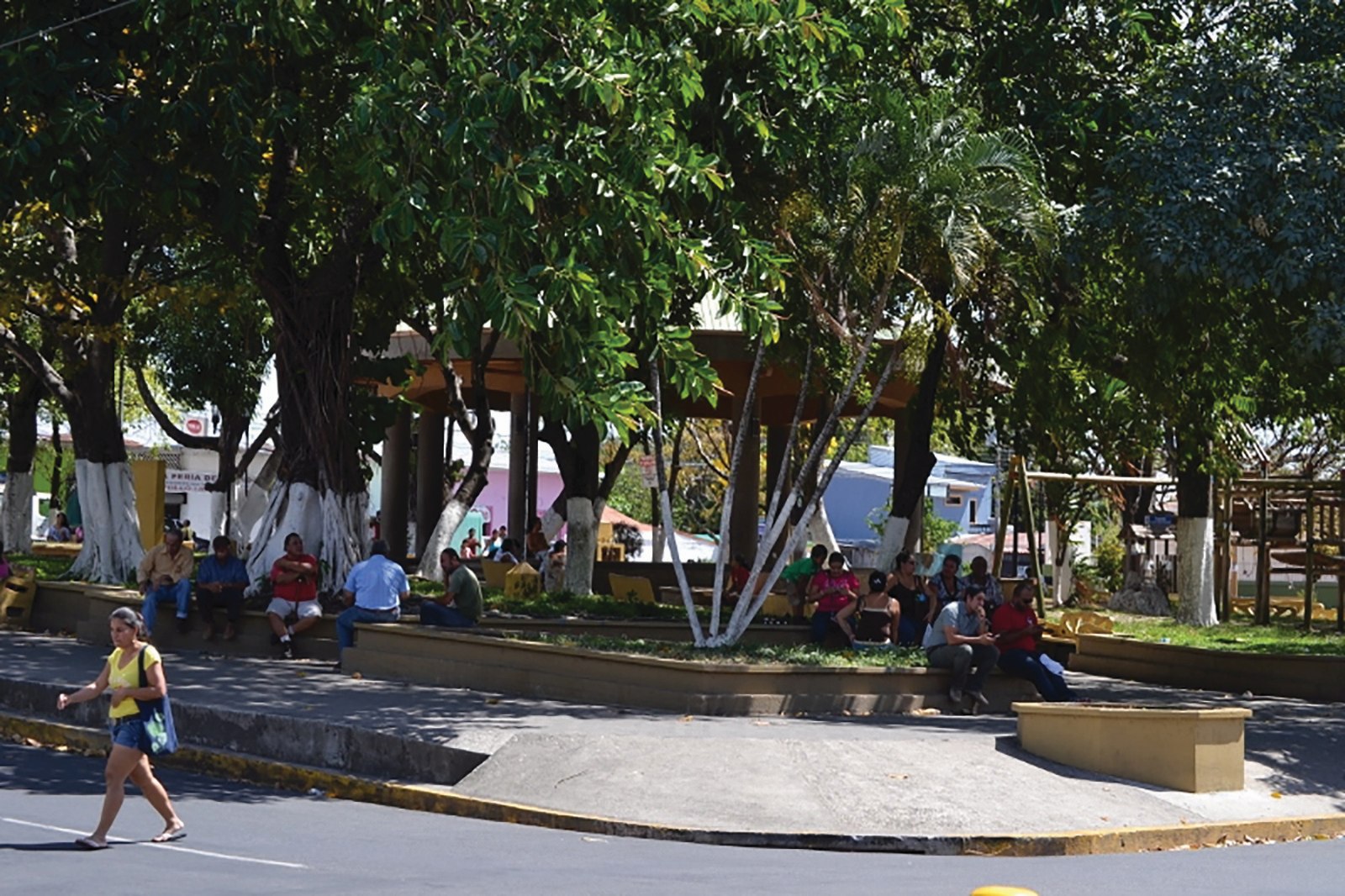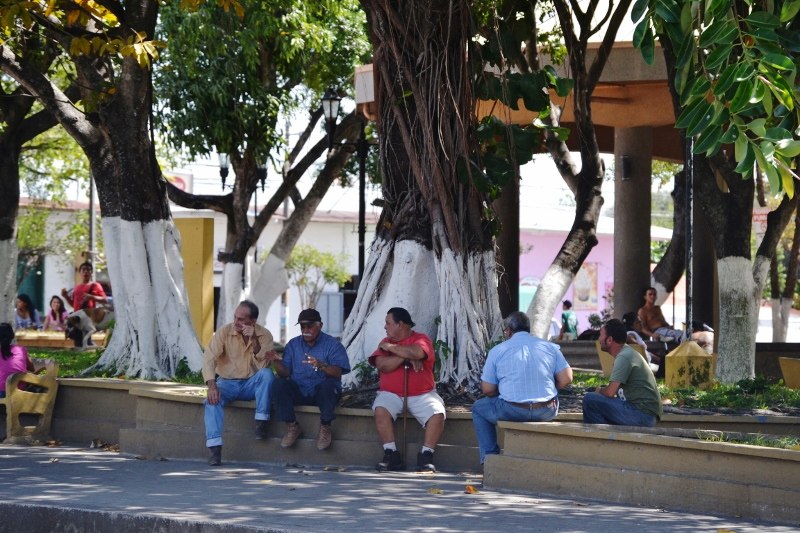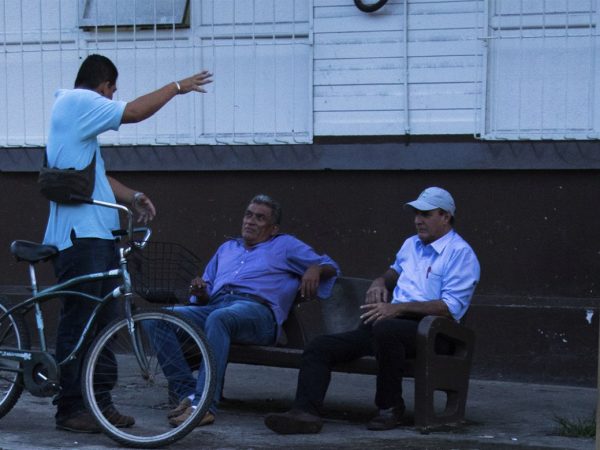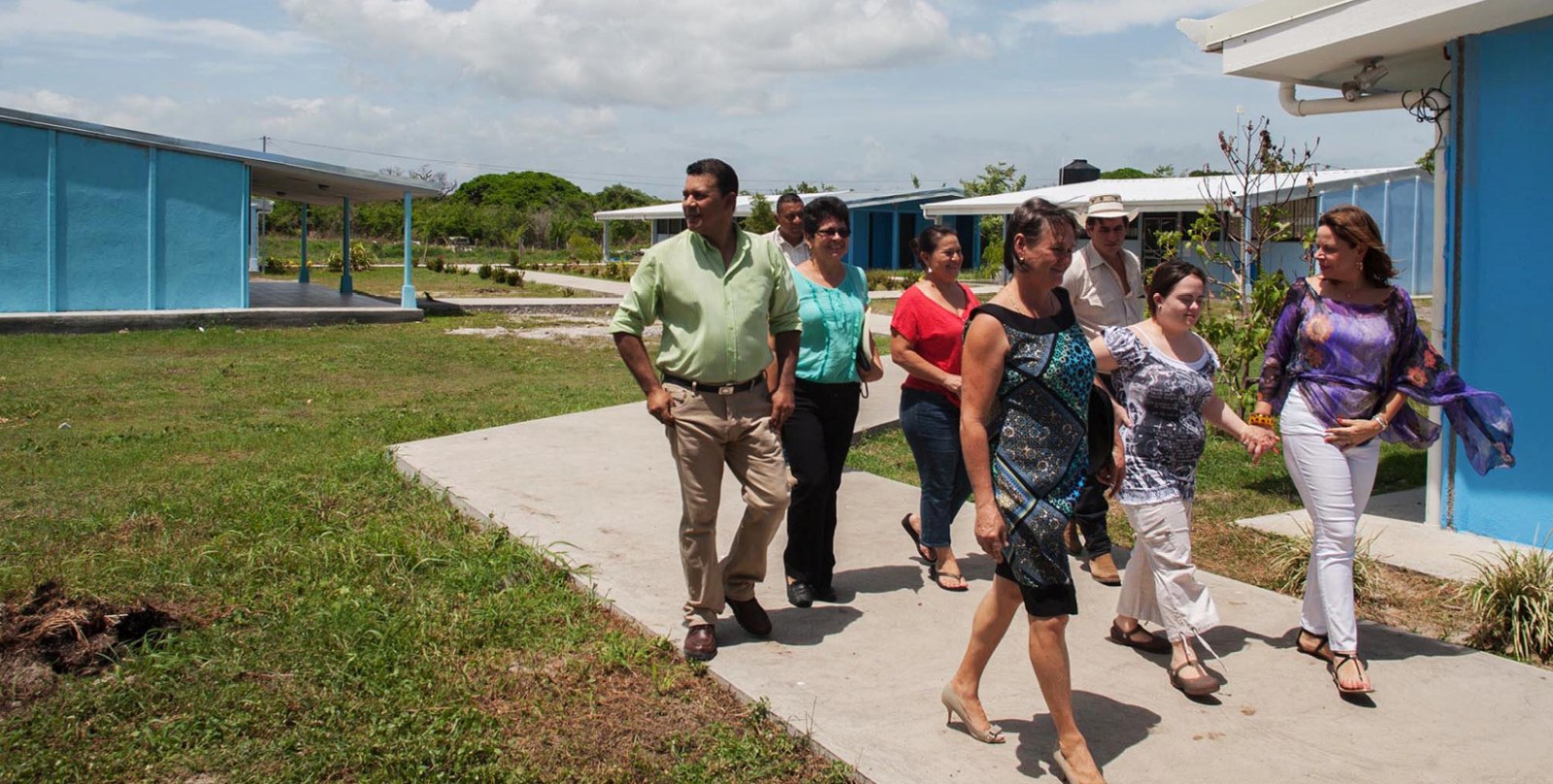
After four years of discussing the problem of water contaminated by Arsenic in the canton of Bagaces, progress has been minimal. At long last, however, it seems that there is a light at the end of the tunnel: a loan from the Central American Integration Bank (BCIE – BancoCentroamericano de IntegracionEconomicai) that will establish a source of water from the slopes of the Miravalles volcano.
Meanwhile, six machines are removing arsenic from water sources that supply the canton, but their cost is very high. The machines entered into use in 2013.
According to YamilethAstorga, executive president for the Costa Rican Institute of Aqueducts and Sewers (AyA – InstitutoCostarricense de Acueductos y Alcantarillados), studies of some springs have been carried out and have shown that the water is pure and qualified for domestic use.
“We have the water sources identified and we have a topographic drawing of where the aqueduct will pass through the area of Montaña de Agua to downtown Bagaces, and we are in the process of negotiating the land purchase,” said Astorga.
Astorga did not specify how much would be invested; however, the loan request is for more than $7 million to cover 14 projects for the region. The first phase would be carried out at the beginning of 2016.
In addition, Minor Picado, a member of the Voice of the PeopleAssociation (Asociacion La Voz del Pueblo) indicated that the “Montaña de Agua” source could produce 84 liters per second (L/S), which is sufficient flow to supply the canton’s demand, as current sources only produce 25 L/S.
Regarding the arsenic removal machines, Picado believes that appropriate use is not guaranteed:
“The personnel who operate these machines are not chemists nor professionals in the subject and I don’t understand why, if these machines are designed to get maintenance every three years, they are cleaning them every trimester – which means a cost of ¢30 million ($56,300) each time they are maintained. Obviously it’s being managed badly and we don’t have the confidence that the water is arsenic-free,” said Picado.
Regarding the subject, AyA’s executive president clarified that the plantswill only be operatedtemporarily,while the new project is built.
“At the moment we maintain six arsenic removal plants, but their maintenance is very costly, which is why we have them on a temporary basis while we finish the aqueduct. Currently, we have one that wasn’t being used – at the beginning it was working well but it got saturated and studies are being carried out to re-enable it,” mentioned Astorga.
Astorga visits the area every two months to provide a report to residents and the Municipal Council regarding the project’s progress and everything that happensin the search for solutions with the community. For Picado, there has been little progress, but he is thankful for the goodwill Astorga has shown and recognizes her sincerity with the people of Bagaces.
The loan from BCIE is currently being processed and it is hoped that it will be approved at the beginning of next year.
According to the current Regulations on Potable Water Quality and the World Health Organization, the maximum amount of arsenic allowed per liter of water is 10 micrograms. However, according to a study carried out in 2014 by the San Martin Analysis Laboratory and publicized by the Voice of the People of Bagaces Association, up to 13 micrograms of arsenic per liter were detected. The findings were shown in water that supplies downtown Bagaces as well as five nearby communities.
Researches from AyA’s National Water Laboratory have determined that arsenic contamination in water can come from volcanic areas, from mining or the use of arsenic-based agrochemicals. In the case of Bagaces, everything seems to indicate that the problem stems from volcanic areas.







Comments